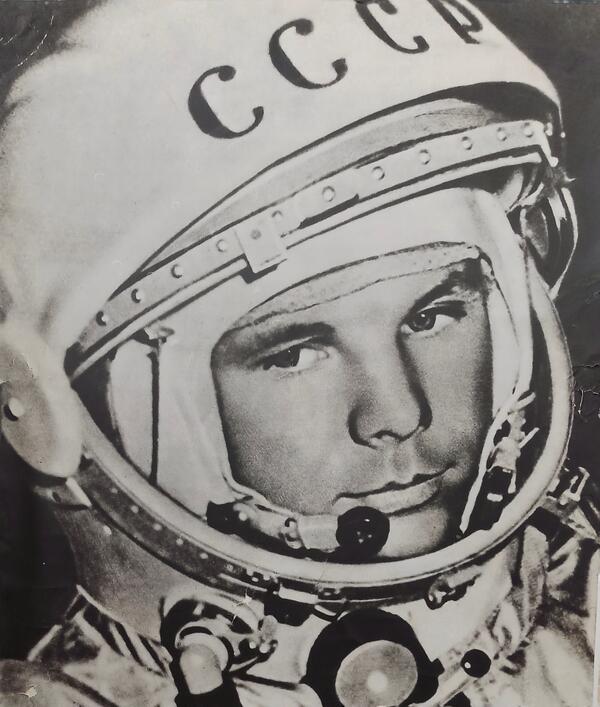The name of the planet’s first cosmonaut is known to almost every human on Earth. Yuri Gagarin was born on March 9, 1934 in the village of Klushino, Smolensk Oblast. Military childhood, studies, classes in an air club. In 1955, Gagarin was drafted to the Orenburg Aviation School. He learned that there was a call for applications for the first human space flight and filed a request to be accepted into the group. In March 1960, Yuri Gagarin passed two medical commissions and was classified as fit. The candidacy was approved during a closed session of the State Commission.
On April 12, 1961, the space ship “VostOk” with Gagarin on board went into space and circled the Earth for one orbit. All of Gagarin’s later life was closely related to astronautics and aviation.
In the village of Izhevskoye the founder of astronautics Konstantin Tsiolkovsky was born. After Yuri Gagarin flew into space, Izhevskoye decided to create a museum of Tsiolkovsky. The journalist of the regional newspaper Anatoly KOval wrote to Gagarin a letter and invited him to visit the homeland of the founder of theoretical cosmonautics. The letter was signed by the village’s leaders and prominent people, after which it was sent to Star City, and in January 1967 the astronaut sent a reply. In the letter, he thanked the people of Izhevskoye for the invitation and promised to come as soon as possible, but unfortunately his tragic death did not allow these plans to materialize. The first astronaut died on March 27, 1968, while on a training flight.
The letter - Gagarin’s reply - became the first exhibit of the Izhevskoye Museum. And the photograph of the astronaut, which is on display, was donated to the museum in 1982 by Filimonov Vitaliy, engineer of the Kaliningrad Design Bureau.
Twenty-six years before Gagarin’s flight into space, Konstantin Tsiolkovsky said, I easily imagine the first man to overcame gravity and fly into interplanetary space… He’s Russian… By profession, most likely, a pilot… He has the courage of a clever kind, devoid of recklessness… I imagine his open Russian face, the eyes of a falcon’. Yuri Gagarin was about one year old at that time.
On April 12, 1961, the space ship “VostOk” with Gagarin on board went into space and circled the Earth for one orbit. All of Gagarin’s later life was closely related to astronautics and aviation.
In the village of Izhevskoye the founder of astronautics Konstantin Tsiolkovsky was born. After Yuri Gagarin flew into space, Izhevskoye decided to create a museum of Tsiolkovsky. The journalist of the regional newspaper Anatoly KOval wrote to Gagarin a letter and invited him to visit the homeland of the founder of theoretical cosmonautics. The letter was signed by the village’s leaders and prominent people, after which it was sent to Star City, and in January 1967 the astronaut sent a reply. In the letter, he thanked the people of Izhevskoye for the invitation and promised to come as soon as possible, but unfortunately his tragic death did not allow these plans to materialize. The first astronaut died on March 27, 1968, while on a training flight.
The letter - Gagarin’s reply - became the first exhibit of the Izhevskoye Museum. And the photograph of the astronaut, which is on display, was donated to the museum in 1982 by Filimonov Vitaliy, engineer of the Kaliningrad Design Bureau.
Twenty-six years before Gagarin’s flight into space, Konstantin Tsiolkovsky said, I easily imagine the first man to overcame gravity and fly into interplanetary space… He’s Russian… By profession, most likely, a pilot… He has the courage of a clever kind, devoid of recklessness… I imagine his open Russian face, the eyes of a falcon’. Yuri Gagarin was about one year old at that time.






